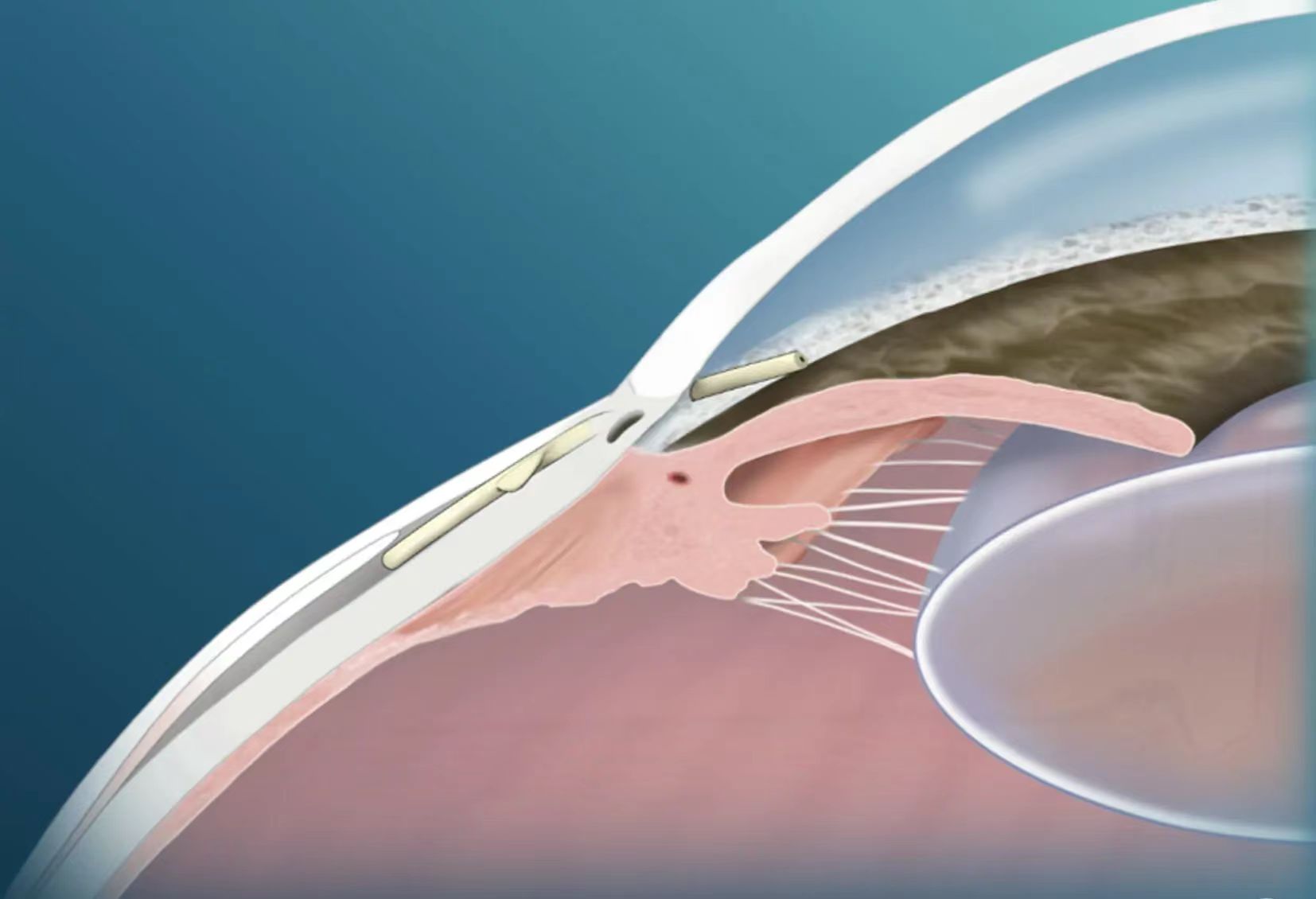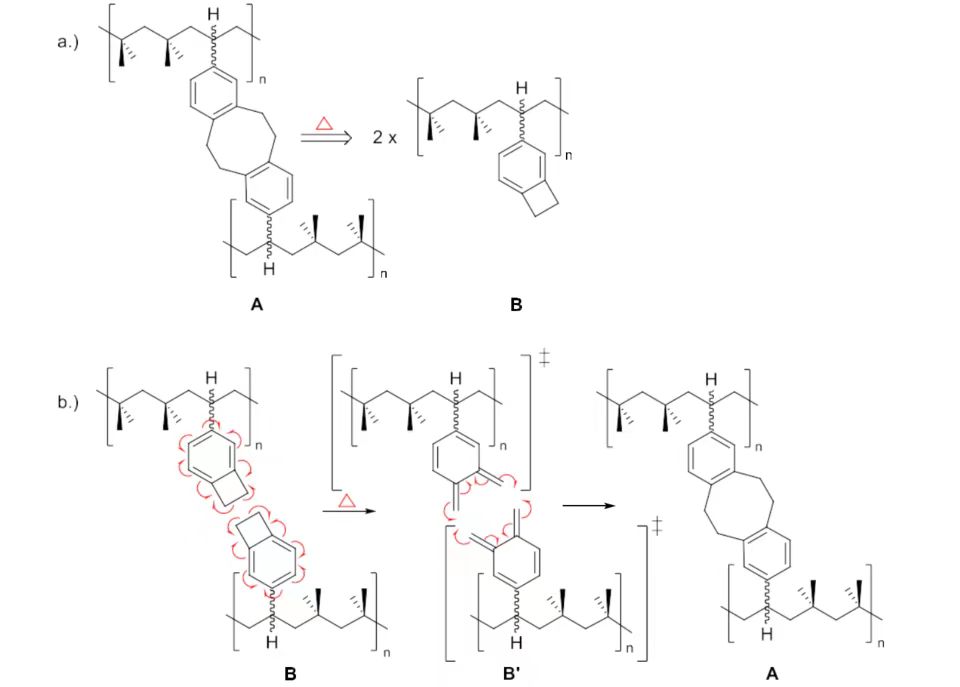Authoritative Journal West China Medical Journal Publishes Article Highlighting the Technological Contributions and Future Prospects of Polyisobutylene-Based Biomaterials Such as SIBS and xPIB in Ophthalmology
The development of biomedical materials is closely tied to human health and well-being, playing a critical role in enhancing the performance of medical devices and improving patients’ quality of life. From the optimization of traditional materials to the emergence of innovative ones, each breakthrough significantly drives the advancement of medical technologies and opens up new possibilities for innovative devices.
Among them, polyisobutylene-based materials such as SIBS and xPIB have recently attracted significant attention due to their excellent biocompatibility and biological stability. In February 2023, scholars Zhang Ying, Guo Bo, and Tang Li from the Department of Ophthalmology, West China Hospital of Sichuan University, published a comprehensive review in the authoritative Chinese medical journal West China Medical Journal. The article discusses recent research progress and application prospects of polyisobutylene-based materials in ophthalmology, showcasing their substantial development value and application potential through examples such as minimally invasive glaucoma drainage devices and next-generation intraocular lenses.

Article Title
Applications of Poly(styrene-block-isobutylene-block-styrene) and Crosslinked Polyisobutylene in Ophthalmology
Authors
Ying Zhang, Bo Guo , Li Tang – Department of Ophthalmology, West China Hospital, Sichuan University
Abstract
Poly(styrene-block-isobutylene-block-styrene) (SIBS) and cross-linked polyisobutylene (xPIB) are novel thermoplastic elastomers. These biomaterials exhibit outstanding biocompatibility and biological stability, making them suitable for long-term implantation in the human body. While SIBS has already seen widespread use in cardiovascular treatments, it has also shown promise in ophthalmology.
This review discusses the biological characteristics of SIBS and xPIB and their current applications and research progress in various ophthalmic sub-specialties, including minimally invasive glaucoma drainage devices, intraocular lens fabrication, new scleral buckling materials, and orbital implants. The article aims to provide a reference for the clinical application of such biomaterials in ophthalmology.
Keywords
Poly(styrene-block-isobutylene-block-styrene); Crosslinked polyisobutylene; Glaucoma; Cataract; Ophthalmology
Excerpts from the Main Text
Polyisobutylene block copolymer (SIBS) and cross-linked polyisobutylene (xPIB) are a class of biomedical materials with physical properties similar to those of medical-grade silicone rubber, which are non-oxidizing, non-hydrolyzable and enzymatically stable in the body with excellent antioxidant properties and biocompatibility, and have already been successfully used clinically in the fields of minimally invasive glaucoma drainage tubes and cardiovascular drug-eluting stent coatings, and have shown great potentials in the research directions of organic gels, It has been successfully used in the field of minimally invasive glaucoma drainage tubes and cardiovascular drug-eluting stent coatings, and has shown great potential in the research direction of organic gels, bone cements and drug nanocarriers.
Ⅰ.Characteristics and Clinical Applications of SIBS in Ophthalmology
Polyisobutylene is a fully saturated hydrocarbon polymer material synthesized by polymerization of the monomer isobutylene, offering superior oxidative, thermal, and chemical stability.In 1991, Kaszas G, Puskas JE, and Kennedy JP synthesized the SIBS triblock copolymer using living cationic polymerization.

Figure 2: Simplified chemical structure of SIBS
Source: Sadruddin et al. Eye and Vision (2019) 6:36
SIBS does not contain oxidizable, hydrolyzable, or enzymatically degradable groups. Compared with conventional medical-grade silicone rubber, it offers stronger oxidative stability and extremely low permeability. The absence of unstable groups in its main or side chains prevents brittleness, cracking, or degradation under mechanical stress. Its synthesis includes several purification steps, contributing to excellent biological stability, biocompatibility, and in vitro anti-calcification properties—making it ideal for long-term implantation.
In ophthalmology, SIBS-based minimally invasive glaucoma drainage devices show less tissue irritation and minimal inflammatory response compared to other clinical devices such as Ex-PRESS, Xen Gel Stent, iStent, and Hydrus. They form thick-walled filtering blebs in the posterior subconjunctival space, which are associated with fewer complications than thin-walled blebs near the limbus.

Its inert, soft, and flexible thermoplastic elastomer nature allows SIBS-based devices to conform to the curvature of the eye.
After three product iterations, a 2021 study found that SIBS-based glaucoma implants maintained effective intraocular pressure reduction even five years post-implantation, with no calcification or degradation observed.
Ⅱ.xPIB in Cataract Treatment
Common intraocular lenses (IOLs) are typically made from PMMA or acrylate materials. However, these traditional IOLs still face challenges, such as degradation, postoperative glare, and surgically induced astigmatism. Recently, xPIB—a crosslinked polyisobutylene with excellent optical properties—has emerged as a new-generation IOL material.

Figure: Crosslinking process of xPIB
Source: Journal of the Mechanical Behavior of Biomedical Materials, 152 (2024) 106368
xPIB is synthesized by heating a mixture of isobutylene, 4-vinylbenzocyclobutene, and styrene monomers above 180°C. Unlike traditional crosslinking methods, this thermal crosslinking process leaves no toxic residues and eliminates cleavable groups, preventing non-infectious uveitis or lens clouding caused by material degradation.

Eyedeal® xPIB IOLs
According to Dr. Pinchuk, a member of the U.S. National Academy of Engineering, xPIB IOLs have high refractive indices (1.52), high Abbe numbers (50), high modulation transfer functions, and low elastic moduli. They offer excellent transparency unaffected by intraocular silicone oil and are ideal for micro-incision cataract surgery. With a large 6.5 mm optical zone, they also reduce the incidence of postoperative glare and halos.
Ⅲ.Applications and Prospects of SIBS and xPIB Beyond Ophthalmology
SIBS has already seen successful clinical application in drug-eluting stent coatings, heart valves, and intraocular implants. It effectively resists oxidative, acid hydrolytic, and enzymatic degradation, with minimal platelet activation and stable mechanical and blood compatibility in the human body. It is considered a promising material for artificial tricuspid and aortic valves.
As a next-generation polyisobutylene-based material, xPIB offers even greater biological stability and compatibility. It has also shown great potential in areas such as soft tissue replacement (e.g., breast implants), bone repair materials (bone cement), organogels, and nanocarriers for drug delivery.
With continued advancements in synthesis and modification techniques, polyisobutylene-based materials like SIBS and xPIB are poised to play a broader role in the biomedical field, tailored to meet specific clinical needs across a wide array of medical applications.